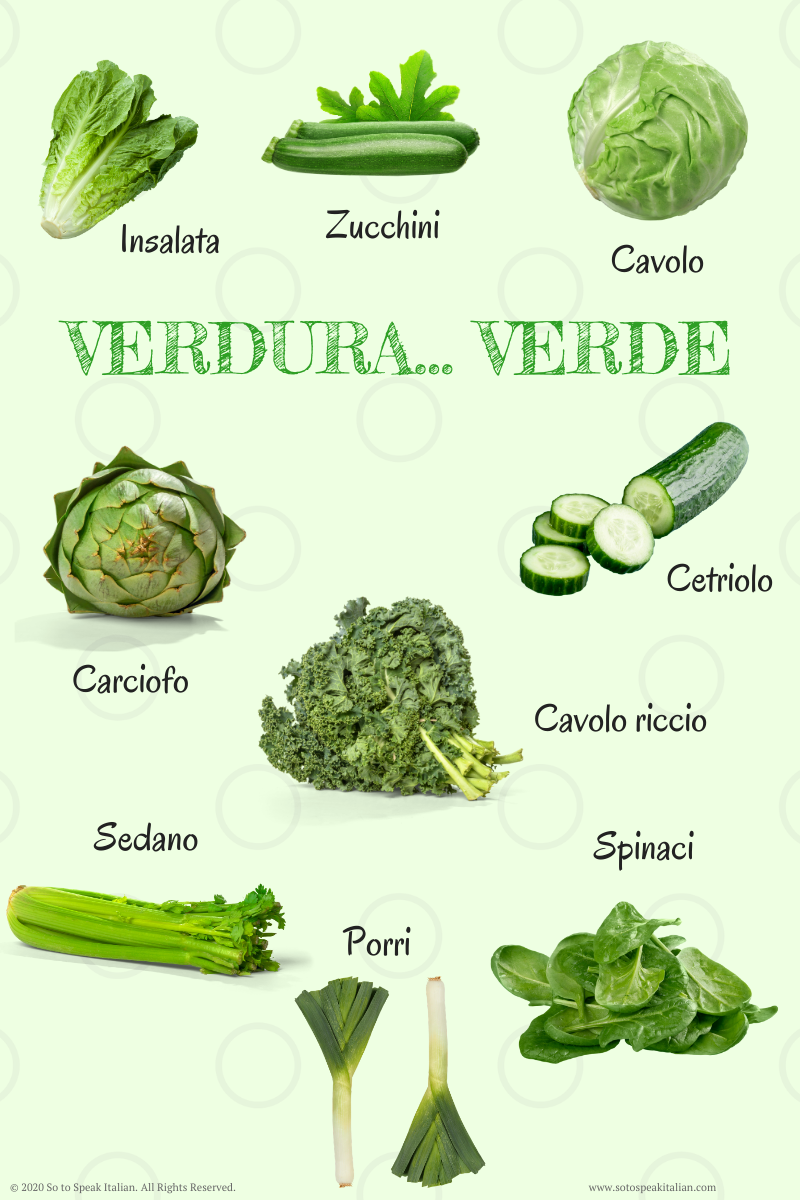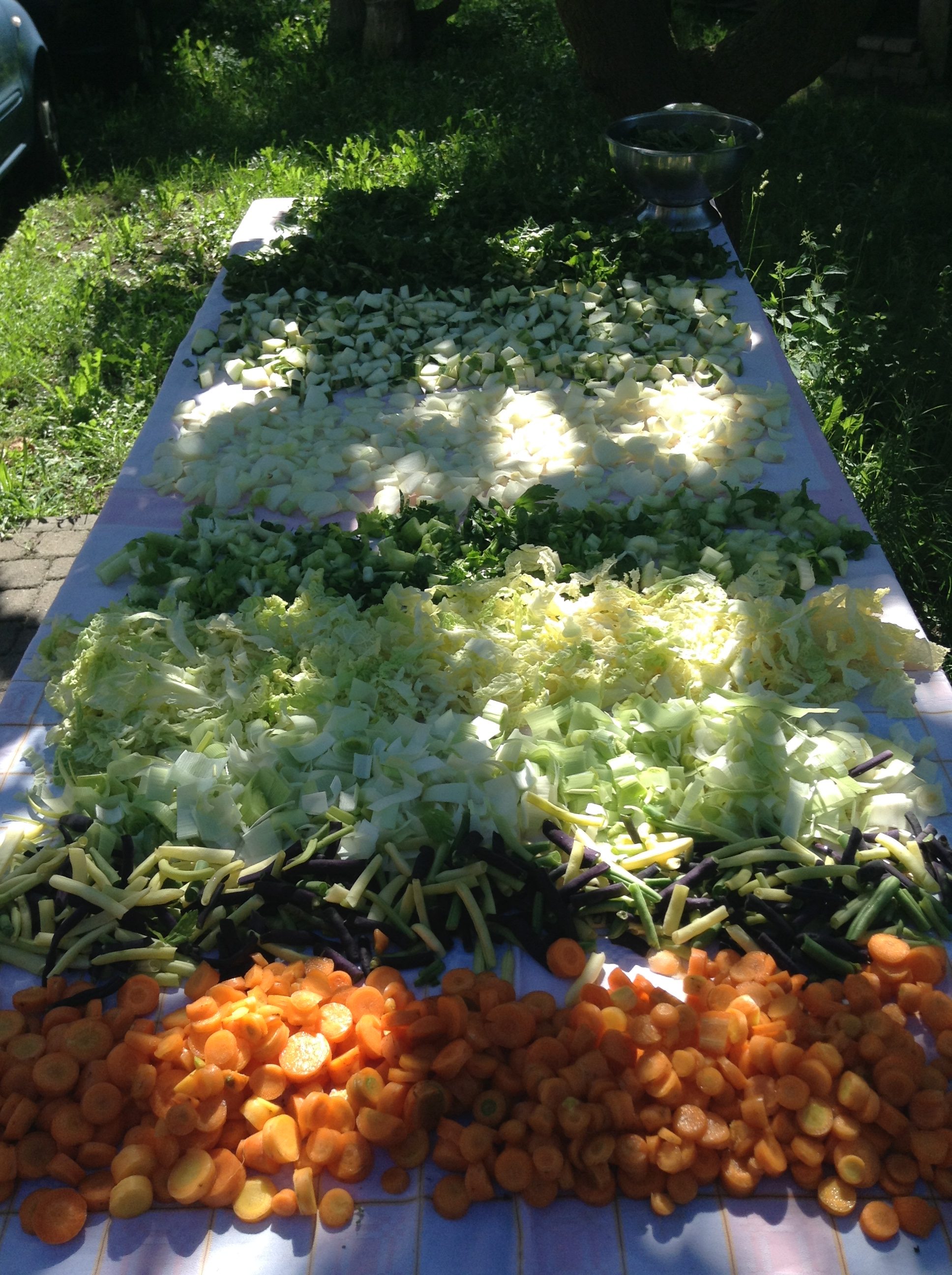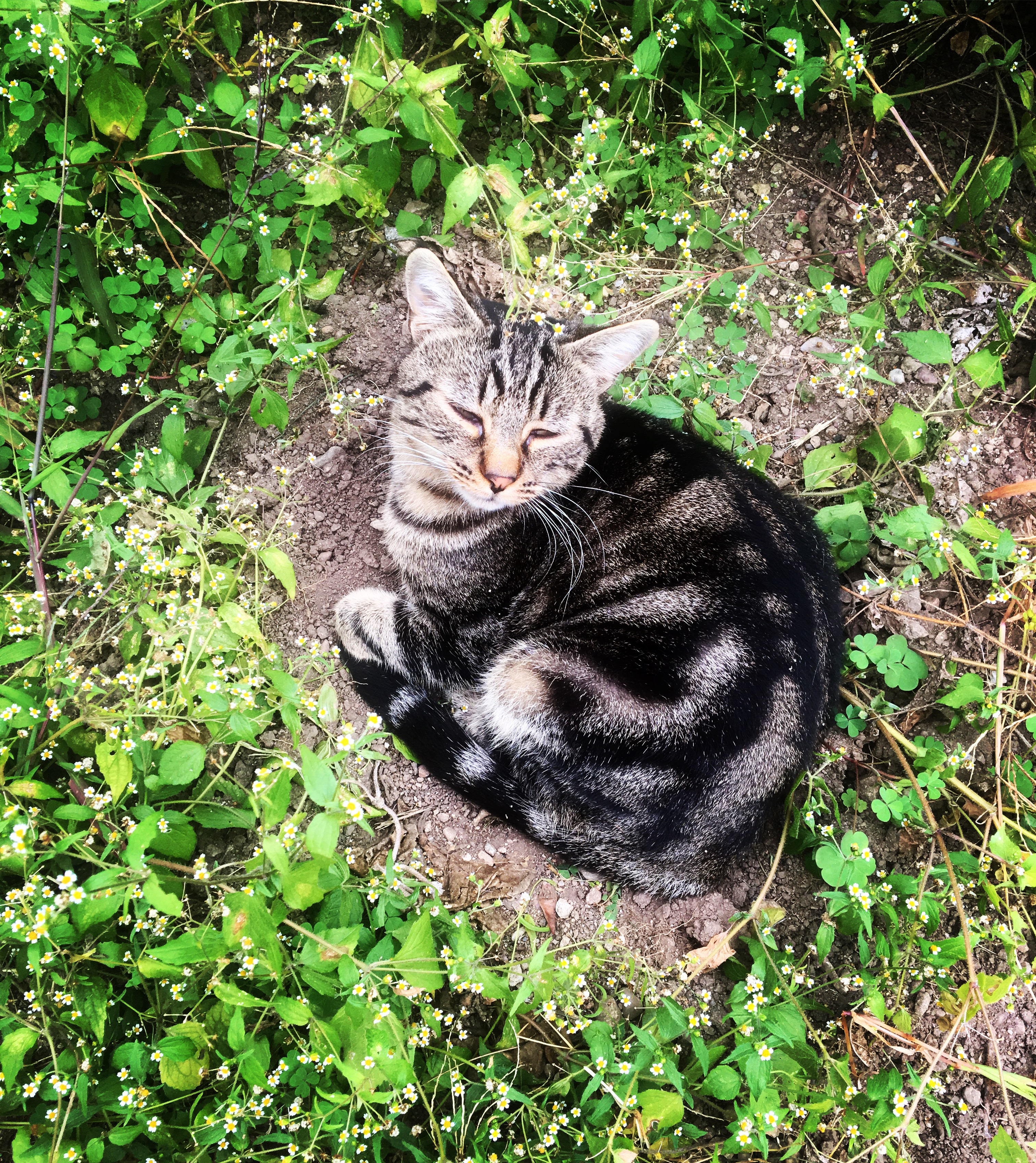How to say vegetables in Italian

How to say vegetables in Italian
I was never one of those kids that hates greens. It’s always been a myth for me – what is there not to like about vegetables? When still alive, my grandfather used to have an allotment (now looked after by my uncle) and the warmer season meant a lot of tasty and colourful veggies to wash, prepare and eat all together while spending the summer months at my grandparents’ house.
I can still clearly remember the year my uncle planted strawberries for the first time and the summer they were ready to pick! As an all-berries-fanatic, I was over the moon at the sight of the very first tiny red fruit. In their garden, my grandparents grew apricot, cherry, fig, and persimmon trees. And there was always an abundance of apples, pears, and pumpkins too. They also had a wild plant of redcurrant – I was always surprised at how heavy the bush would become with the rounded fruits. We would eat them directly from the bush.
When we run out of ways to cook all those vegetables, my grandma used to make a northerner’s version of the caponata… called peperonata – with peppers, beans, French beans, potatoes, carrots, courgettes and a bit of this and that… I felt almost addicted to the comforting taste of the dish, which had summer written all over it. I later discovered that grandma was adding a bit of butter (she used to add it to most things!) and sugar too. So, it turned out that those ingredients might indeed have been the culprits of my addiction!
There was another summer staple in our family that I’m sure you’ll be familiar with – minestrone. Yes, it might seem a wintery dish at first, but we would eat it lukewarm rather than hot in the summer, preparing it without rice or pasta so that it would be a lighter dish. The word minestrone is a useful one to know, as it has more than one meaning. You can use it in different contexts… no need to learn a new word 😉!
MINESTRONE
This all-season dish dates back to Roman times. Apparently, they were already preparing a rudimentary version of minestrone, which was enriched with more ingredients along the way as the Romans conquered new lands and introduced the newly discovered produce into their diet.
This minestra dish has a strong regional character, and you can find it on the menus of many Italian regions with different variations. For example, Ligurian minestrone has pesto in it… of course! The Milanese variation comes with rice, pancetta, and pork rind which I particularly disliked when my grandma would cook minestrone. It was too soft and slimy. I would give to her the piece of rind that had ended up in my plate by mistake. She was hungry for pork rind. Mum didn’t even bother to use it when cooking minestrone herself, because she knew my sister and I wouldn’t eat it. The word minestrone has Latin origin. Over time, given the nature of the dish, the term has acquired a figurative meaning as well. A “minestrone” is a confused and messy ensemble of different elements. The term is used as part of a common Italian idiom as well –
Fare un minestrone…
which means putting together different things (people, situations, concepts and so on) that don’t match, creating confusion. The idiom translates literally to “To make a minestrone” and it means “to make a mess”.

Veggies from the allotment… Minestrone tonight!

For a complete and fun collection of food idioms, check out the Food Idioms ebook here.
Before I get off, here’s a curiosity about a green veggie – lovely courgettes!
Courgettes are gender-neutral veggies, in the sense that both the feminine and masculine forms of their name are correct – zucchina is feminine and zucchino is masculine. Both forms are accepted. There are regional tendencies to use one version over the other. For example, in my region, Lombardy, we call them more frequently by their feminine name – zucchine (and plural). Yet in regions such as Tuscany and Piedmont, for example, the masculine zucchini generally prevails.

Family cat tanning in the allotment
And now…
a toast to your 5-a-day!

